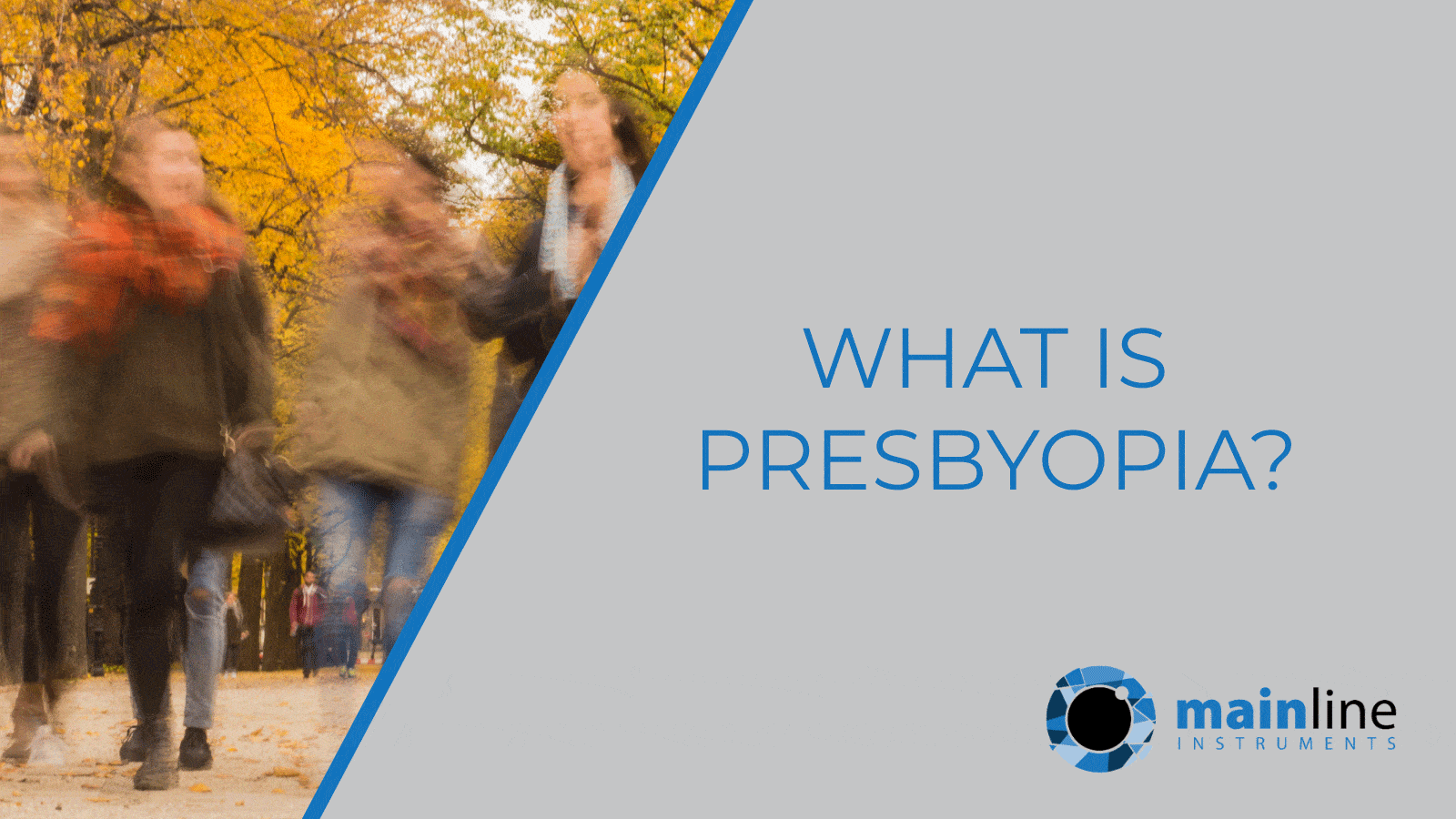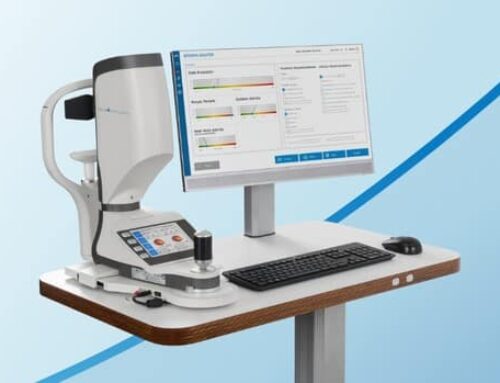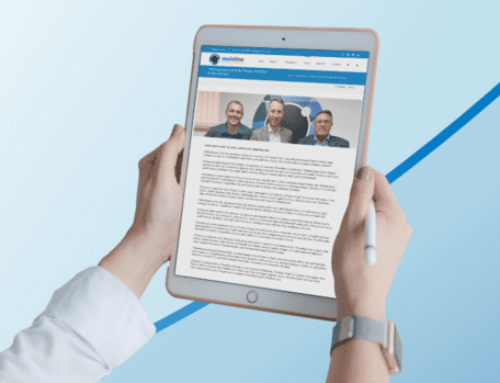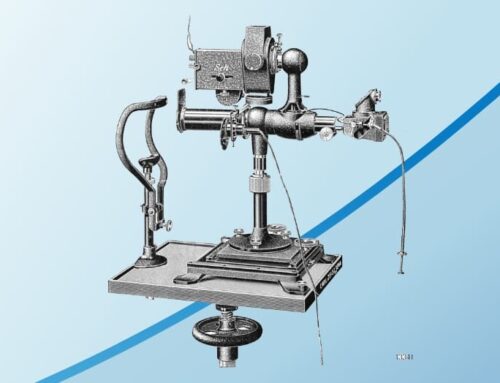Presbyopia is the gradual loss of ability to focus on nearby objects. It usually becomes noticeable in your early to mid-40s and continues to worsen until around age 65.[1] An eye exam can detect presbyopia and can be corrected with glasses or contact lenses, or occasionally surgery.
Symptoms
Presbyopia is a natural part of aging, and symptoms include:
- Needing to hold reading material further away to make words clearer
- Blurred vision at normal reading distance
- Eyestrain or headaches
These symptoms can be worse if you are tired or are in an area with low lighting.
Causes
After age 40, the lens inside your eye becomes more rigid and cannot change shape as easily. This makes it harder to change shape and therefore focus on close-up tasks.
Treatment
Glasses can be used to help focus on close up tasks like reading.
Multifocal contact lenses can help you focus on objects that are close up and fa away.
There are also surgical options you can consider to correct the condition. LASIK or CK (Conductive Keratoplasty) can create a solution in monovision.[2]
During a routine eye exam an optometrist would diagnose the issue through a refraction assessment. To see our full range of refractors, click here.
References
[1] https://www.mayoclinic.org/diseases-conditions/presbyopia/symptoms-causes/syc-20363328
[2] https://coopervision.co.uk/eye-health-and-vision/what-presbyopia







